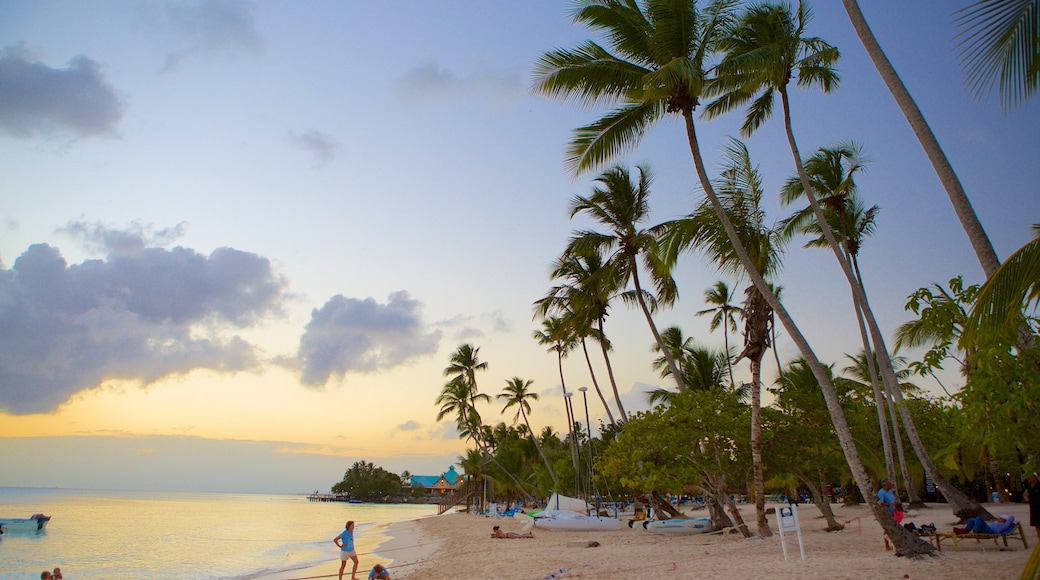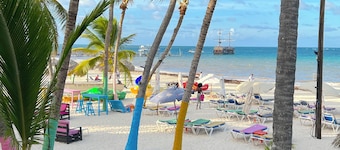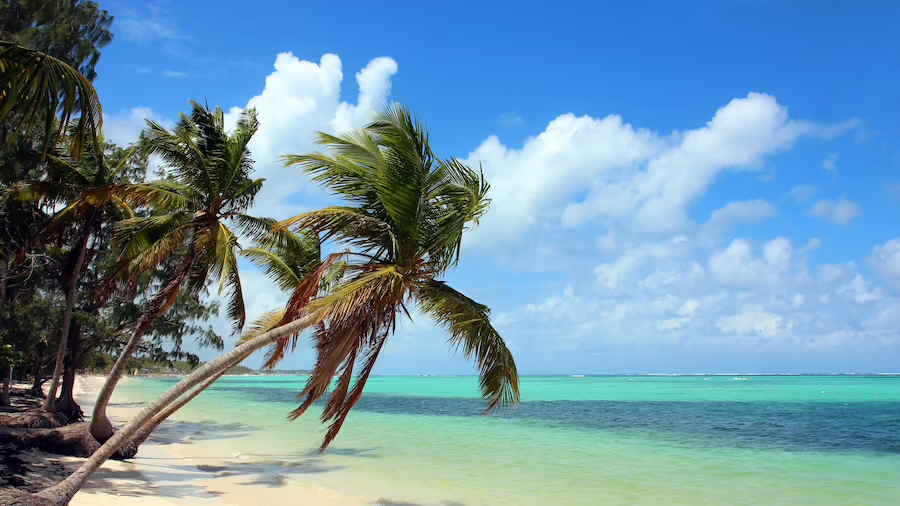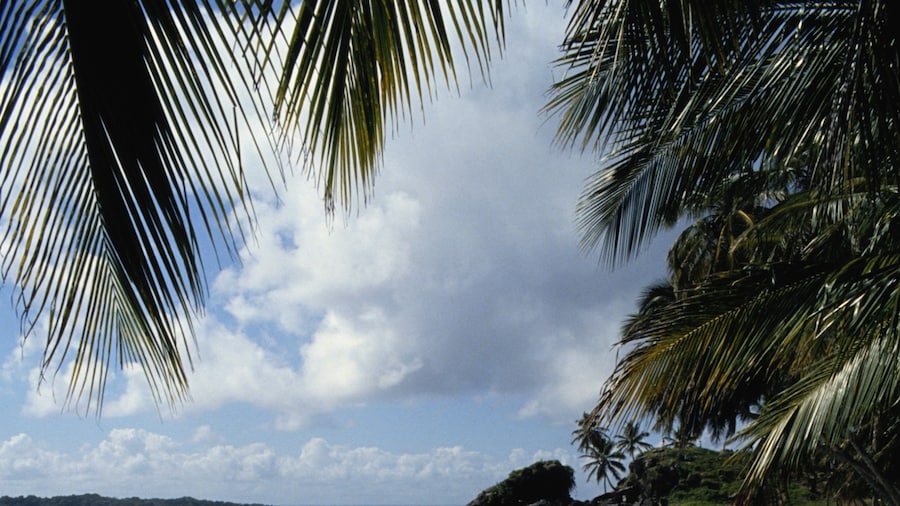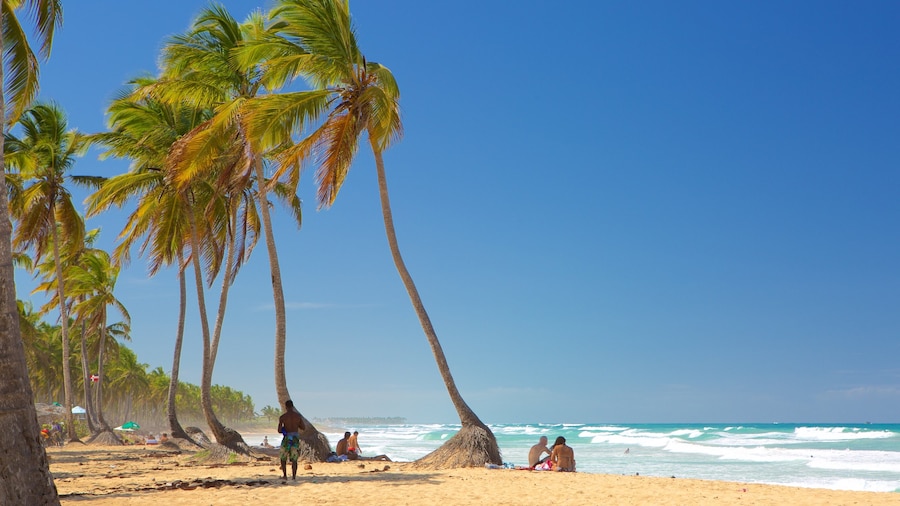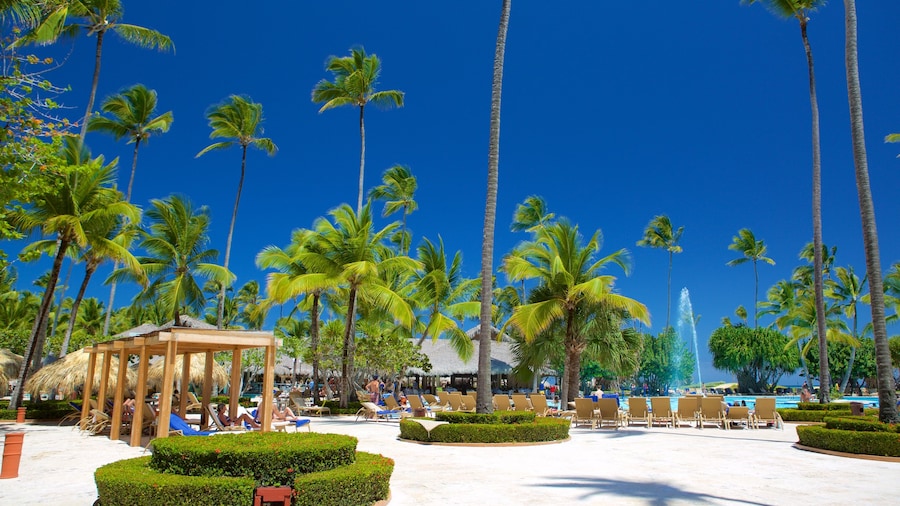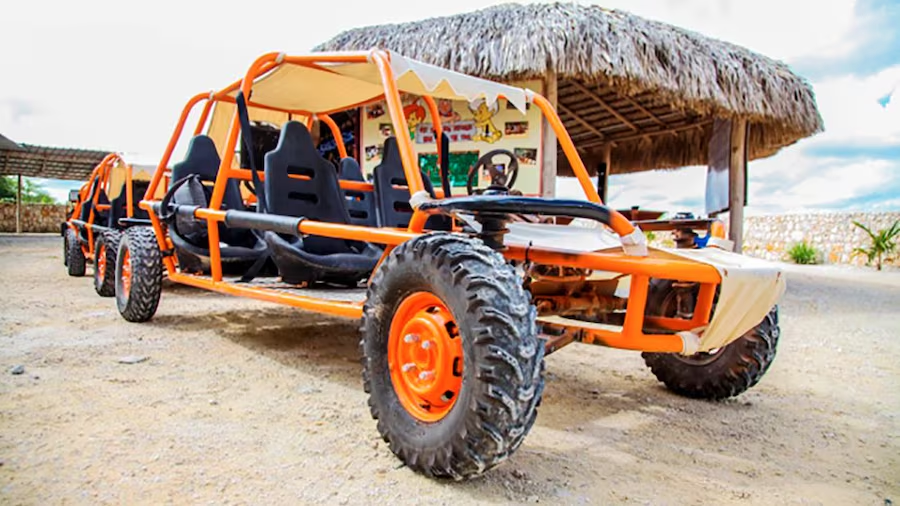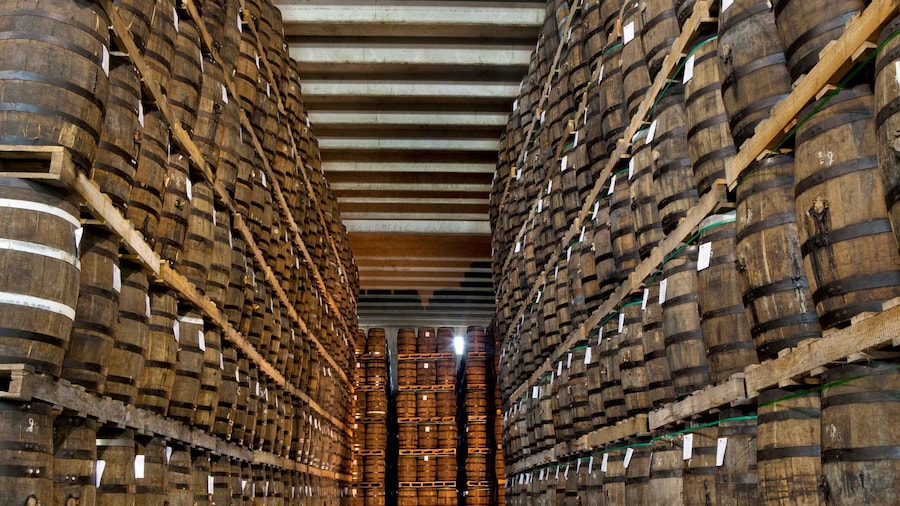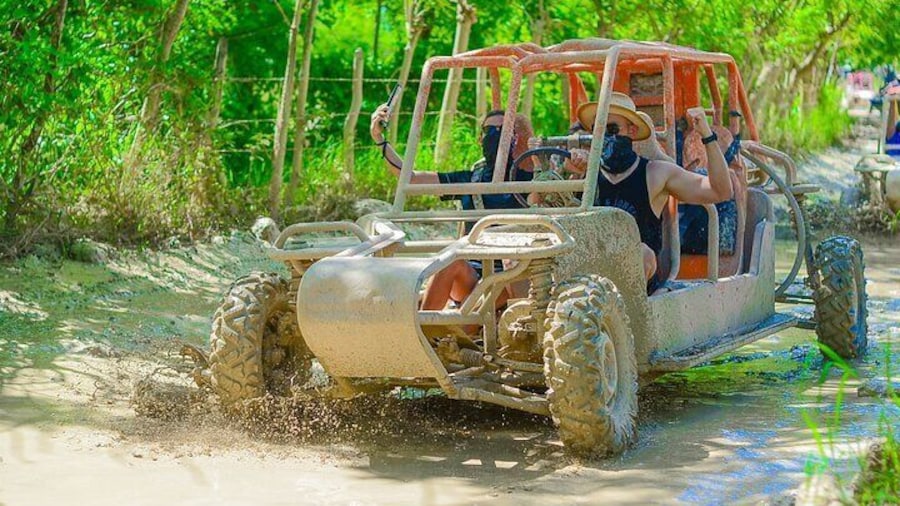Punta Cana, on the east coast of the DominicanRepublic, is renowned for its miles of white-sand beaches lined by coconutpalms and aquamarine waters. The name Punta Cana is often used when referringto the region that encompasses areas such as Cabeza de Toro, Arena Gorda andUvero Alto.
Punta Cana is primarily made up of largeall-inclusive resorts that cater for families and couples. Many have their ownprivate stretches of beach and are designed to provide guests with everythingthey need for their stay, including restaurants, nightclubs and sportingactivities.
The main attractions of Punta Cana are, of course,the sand and the sea. The unforgettable beaches of this region are sheltered byan immense offshore reef, 18 miles (29 kilometers) in length. The shallow watermakes it a good diving or snorkeling environment for beginners. Most of theall-inclusive resorts have their own dive schools and equipment shops. Thereare also other water activities on offer such as surfing, sailing and parasailing.
Outside the resorts, you’ll have thechance to explore some of the Dominican Republic’s other attractions.See the replica Mediterranean village built on a cliff at Altosde Chavón and explore the world’s firstunderwater museum at Bayahibe. VisitHigüey and its Basilica de Nuestra Señora de la Altagracia,a large cathedral built to honor the patron saint of the Dominican Republic.Take a guided tour of the jungle at the Punta Cana Ecological Reserve.
There are a number of ways to get around PuntaCana. For the majority of visitors, who spend their time either in theirresorts or at beaches nearby, the simplest way is on foot. Local buses known as”guaguas” are the cheapest options if you plan to travelfarther afield. Taxis and car rentals are also available.
Blue skies and sunshine are fixtures for most ofthe year in Punta Cana. In summer the temperature is an average of 31 C.



